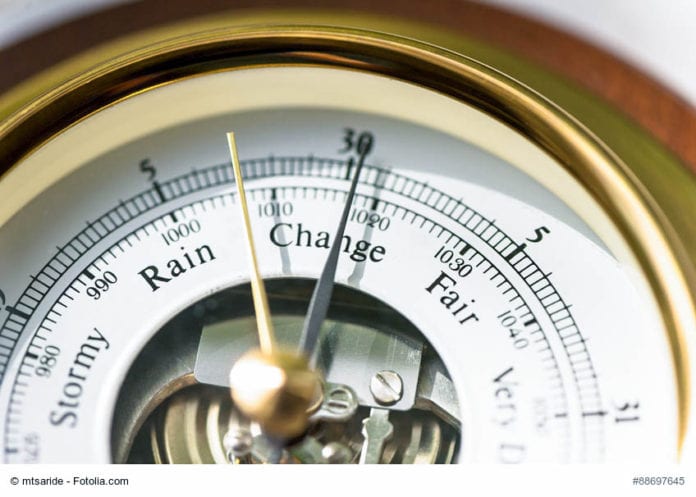Have you ever tied a knot in your patient’s sheet to help them stay alive or avoided work during a full moon? If so, you’re not alone.
We asked nurses to tell us about their strange nursing superstitions. The response we received was overwhelming—everything from opening a window after a patient dies to bringing multiple catheter kits into a patient’s room to ensure you succeed on the first try.
True superstition #1
“4am is the witching hour when people tend to die, although this has been proven to be accurate on some levels due to circadian rhythm.” —Ann H.
Countless nurses reported that when the middle-of-the-night witching hour hits (typically between 3am and 5am), the Grim Reaper is sure to be nearby. While the myth that circadian rhythm can predict time of death is true, it’s not the middle of the night that nurses need to be wary of.
A study published in the Annals of Neurology found that humans are most likely to die in the late morning at approximately 11am. Just as there’s a time of day we’re most likely to wake up or fall asleep naturally, there’s also a time of day we’re most likely to pass. This superstition is fact.
True superstition #2
“Pressure changes, extreme weather changes… We will def be having some babies.” —Crystal W.
Are you an L&D nurse who finds that when the heavens open up, it’s usually going to drop more than just rain? If so, you probably won’t be surprised to learn that along with rain, storm clouds also bring babies.
A study published in the Archives of Gynecology and Obstetrics found that low barometric pressure induces rupture of the fetal membranes and delivery. Furthermore, on days where there was a large increase or decrease in barometric pressure, there was a significant increase in the number of deliveries. This superstition is fact.
Although the medical community will be hard-pressed to ever design a reputable research study that can determine if there’s a correlation between the dreaded q-word and your apocalypse of a shift, we’re curious: Are there any we missed that you think can be proven?
What nurse superstitions do you have? Please share your stories in the comments section below.
This article was republished with permission from SCRUBS Magazine.


After rage earthquake in 89′ our L&D delivered many many more babies for a couple of months which was attributed the the aftershocks. Hence I always called these kids ” aftershocks”. Very common after a disaster because of human nature to seek comfort afterwards. Also, it’s a way to ensure survival of the race.
Many of the superstitons. Voiced I have experienced. Another one is patients pointing with their face to direction of sunrise die that morning.
A black fly flying around the ICU usually meant a patient was going to die soon. Often on that shift.
I started to pay attention to “codes come in 3s”, “deaths come in 3s”, “traumas come in 3s”, etc. However, all of these events are frequent enough to occur within hours to just a few days of each other. So, grouping events in 3s works only because the time frame is open ended. When we start to look for a pattern of 3s it is not hard as long as we are willing to extend the time frame to include the third event or assume the third event will occur shortly after we go home.
If anyone utters the word s “It’s quiet” it will get very busy within a short period of time
As a hospice nurse I have also noticed that those crazy weather changes cause Pts to fly away as well. When I was on call and it was storming I was guaranteed to have to go to a death.
As a retired Geratric LVN, one superstition we noticed is that patients tended to die in 3s. meaning that within the week, three different patients would die. Also, on the full moon, those with mental issues, be it dementia or schizophrenia would have an increase in their behaviors.
Usually about 9 months after any blizzard or heavy snow storm in Indiana….we have lots of new babies…
That is not a superstition it is because people stay in during cold weather and if the electricity goes out even more reason to curl up in bed with your significant other ergo…babies 9 months later.